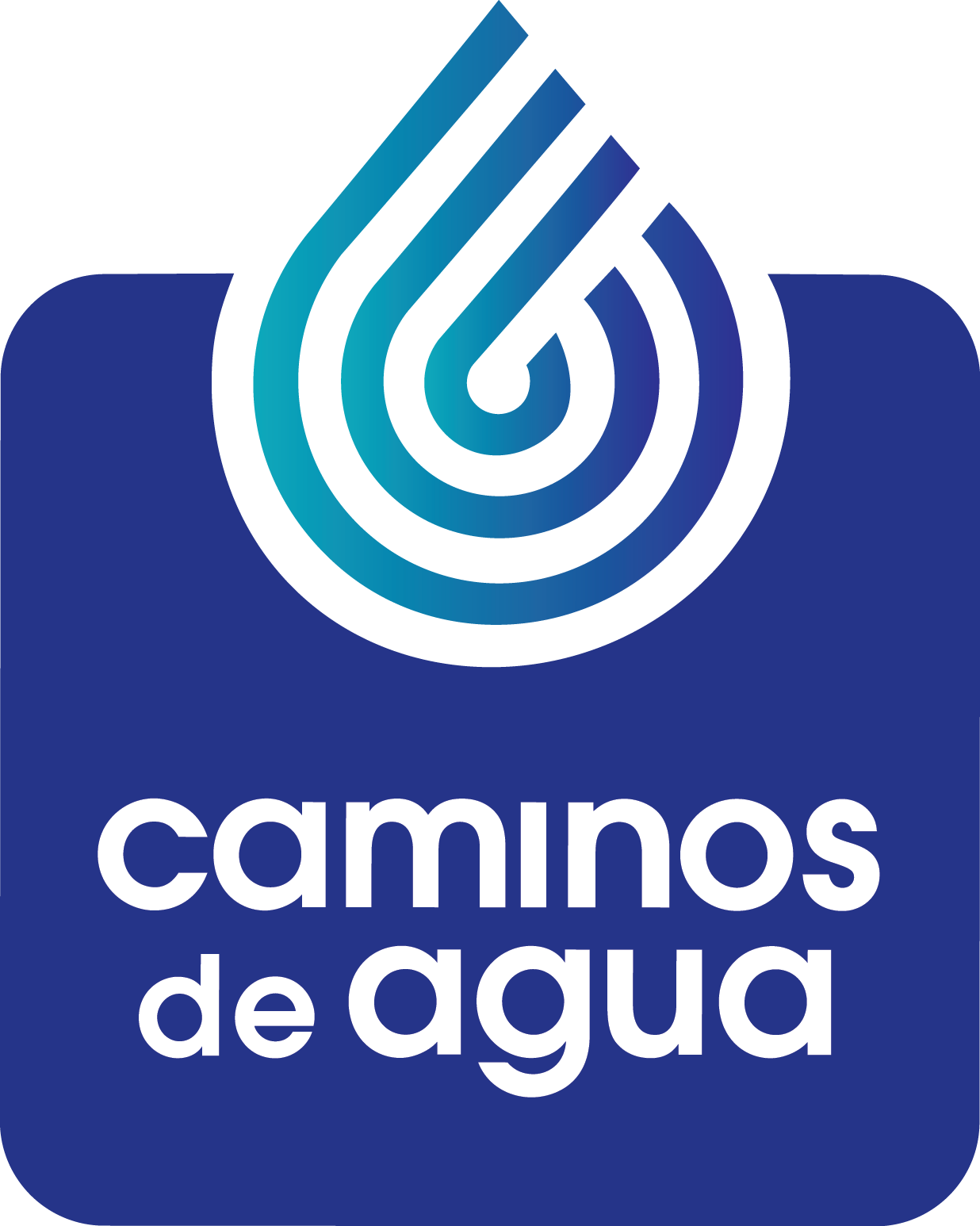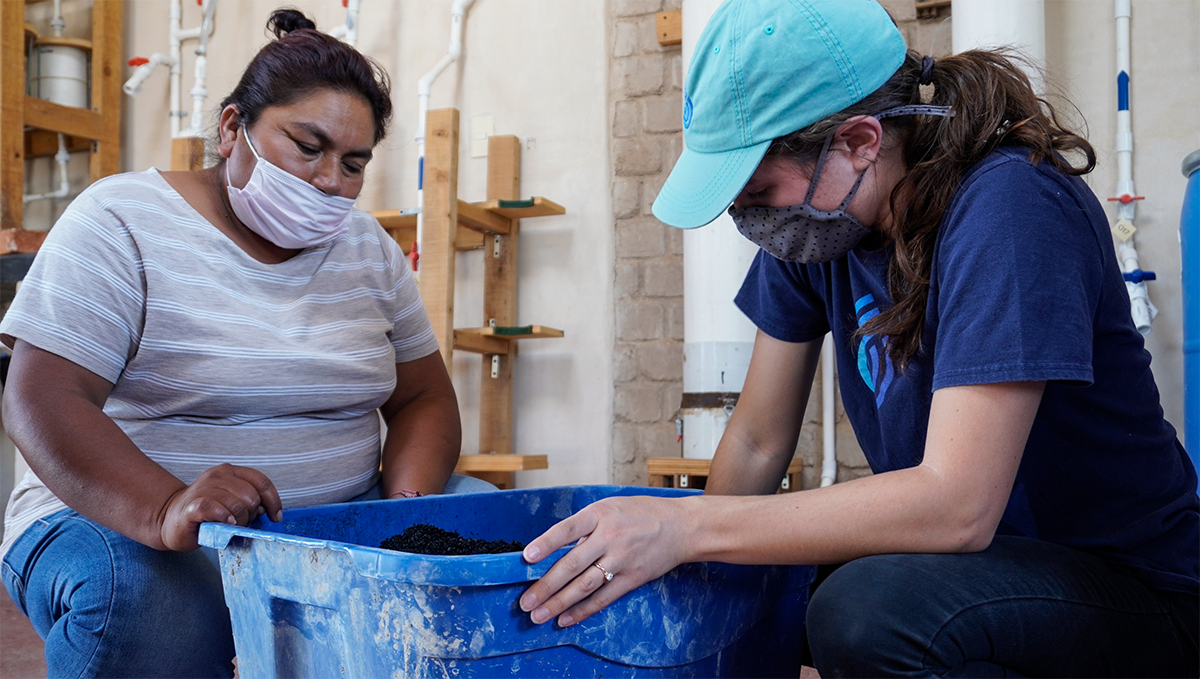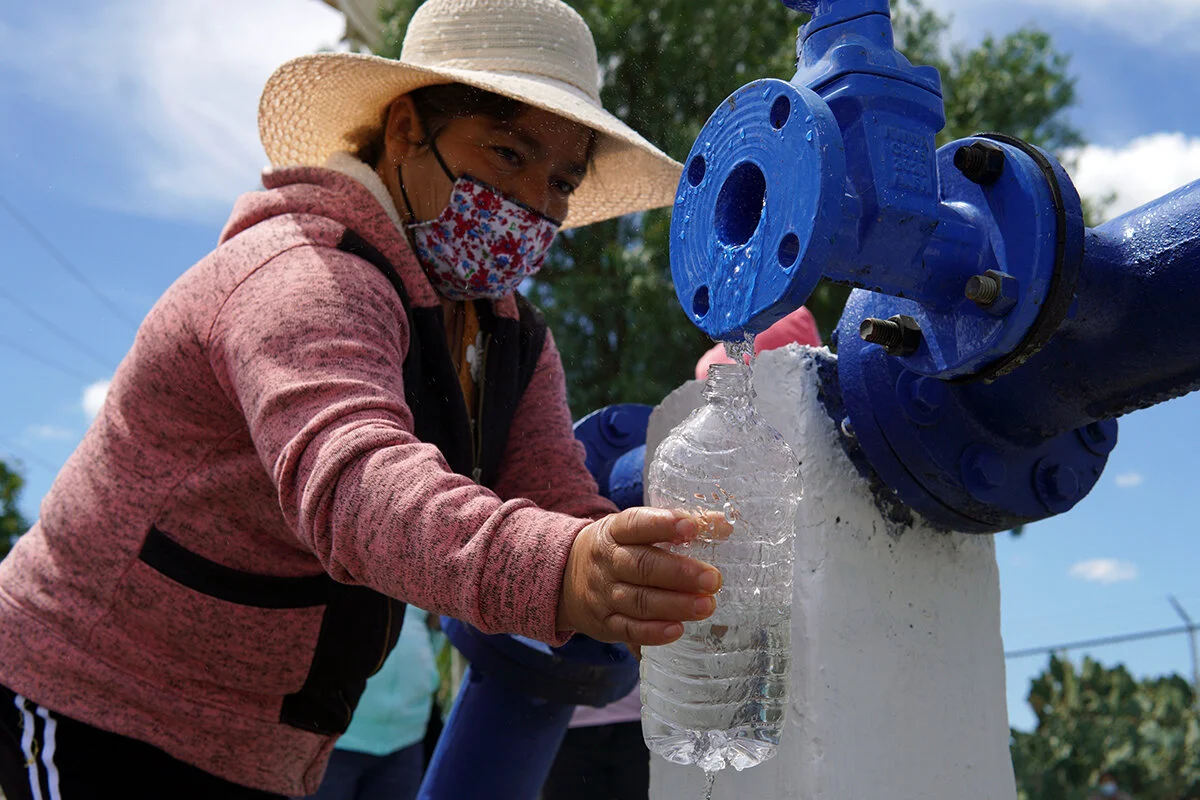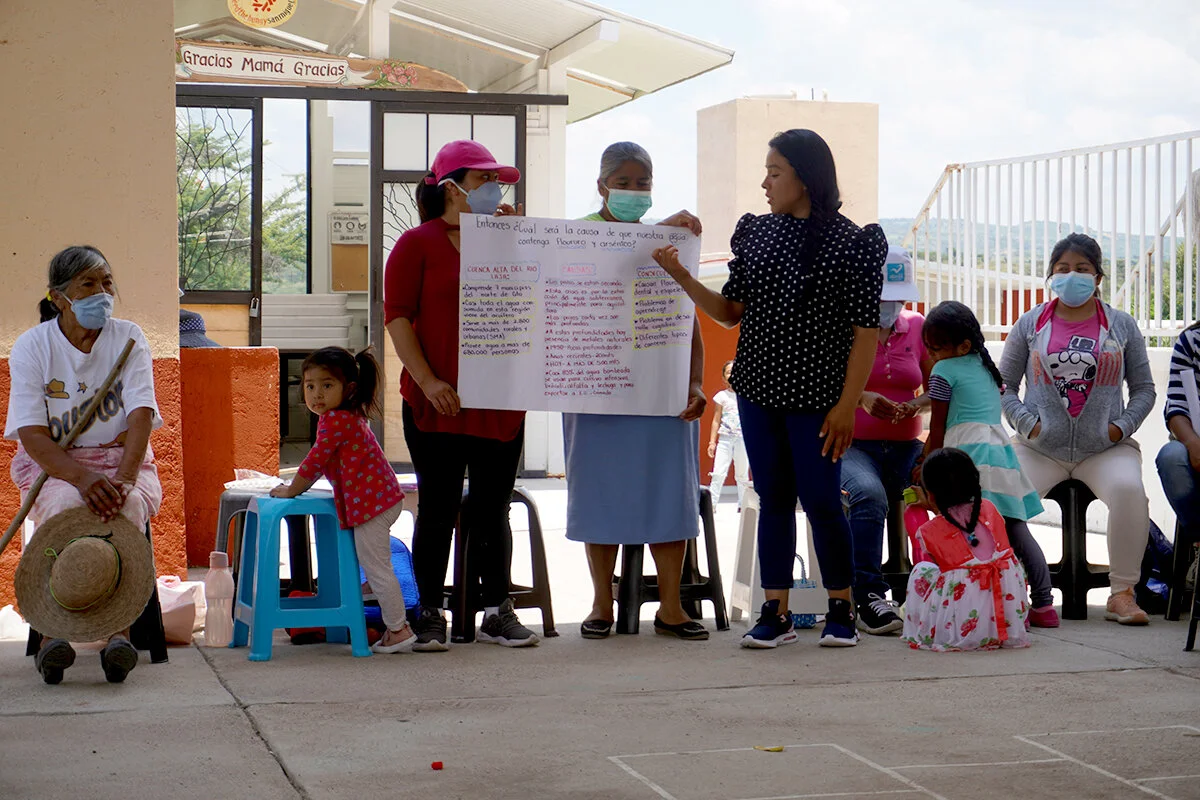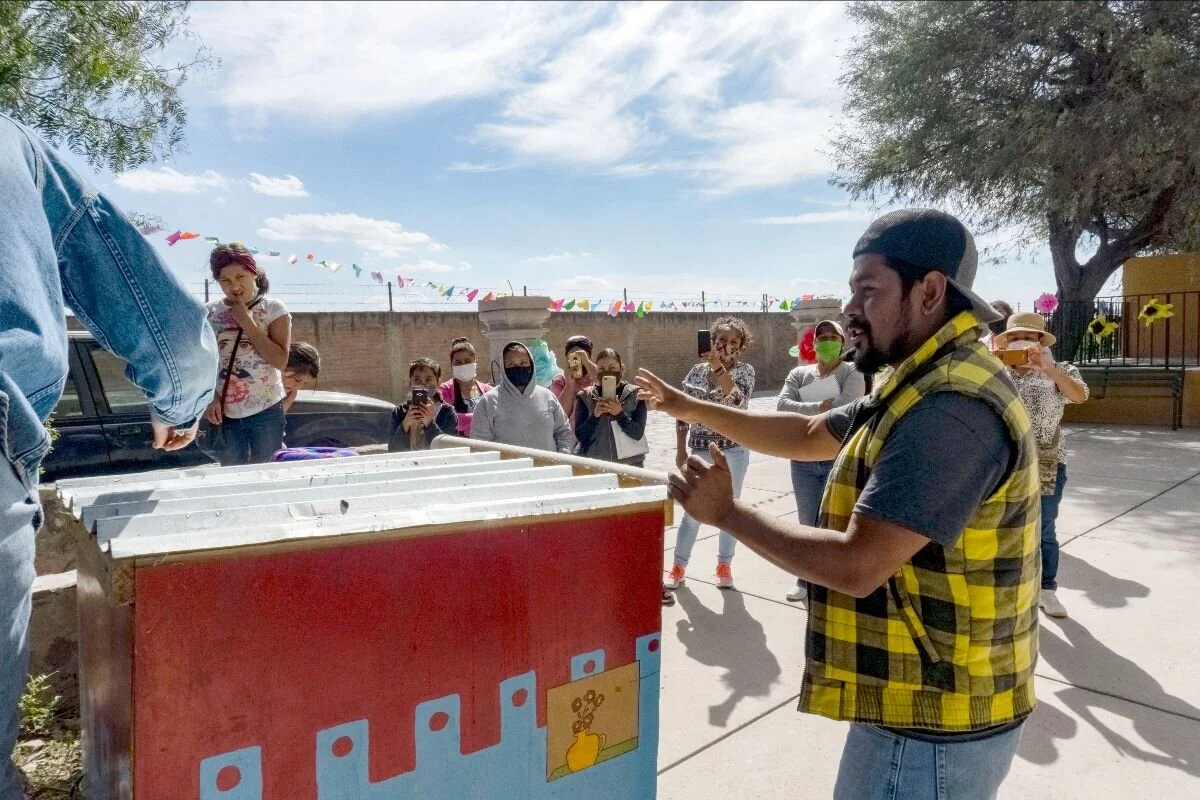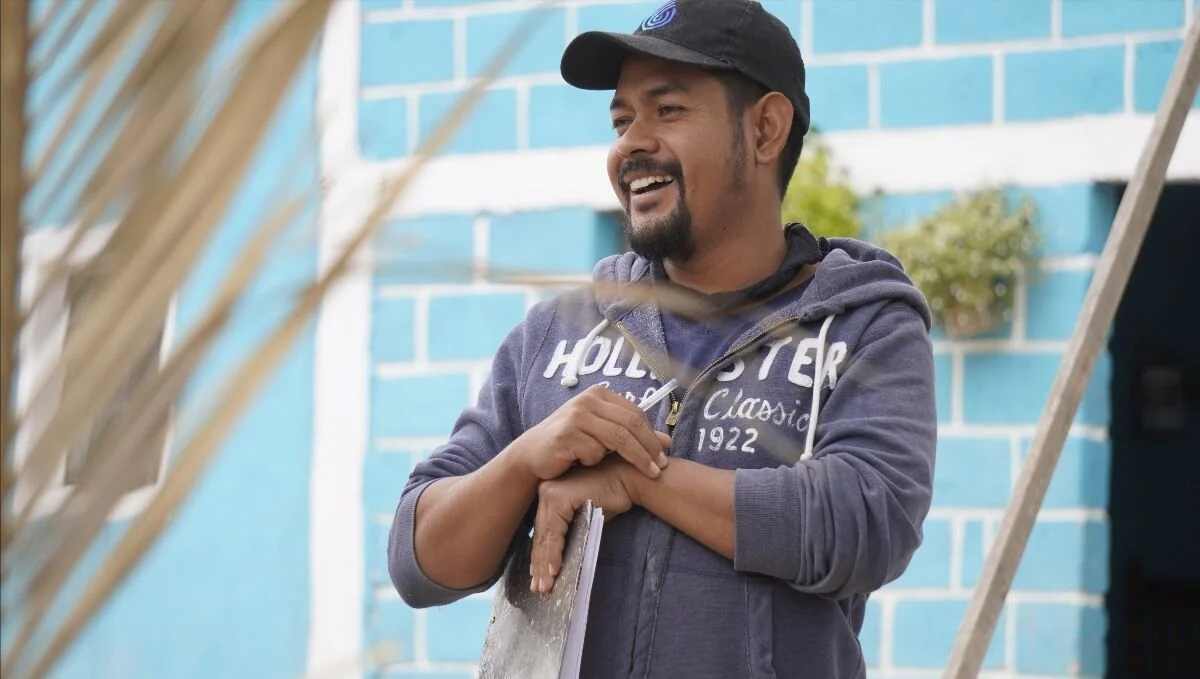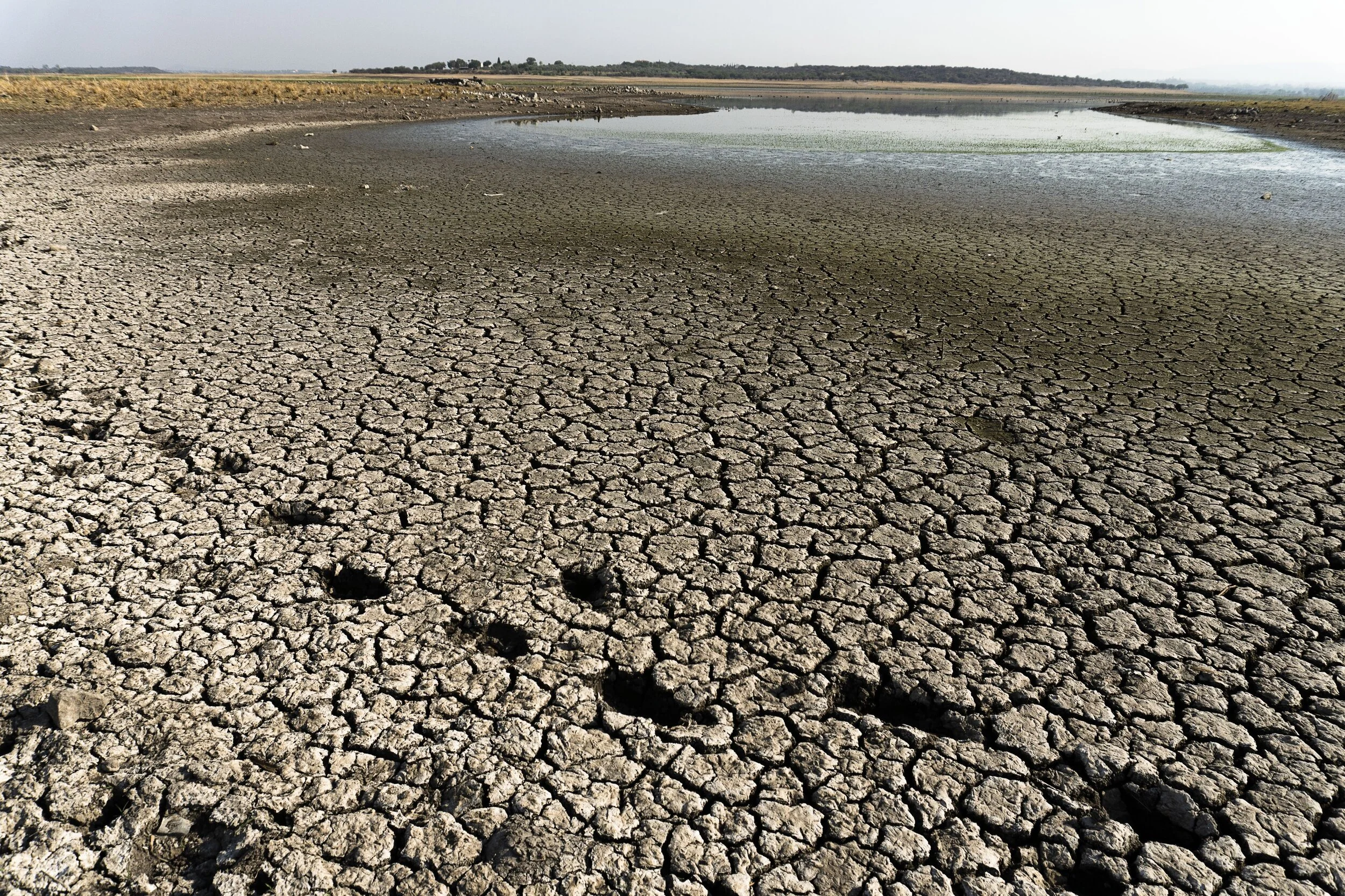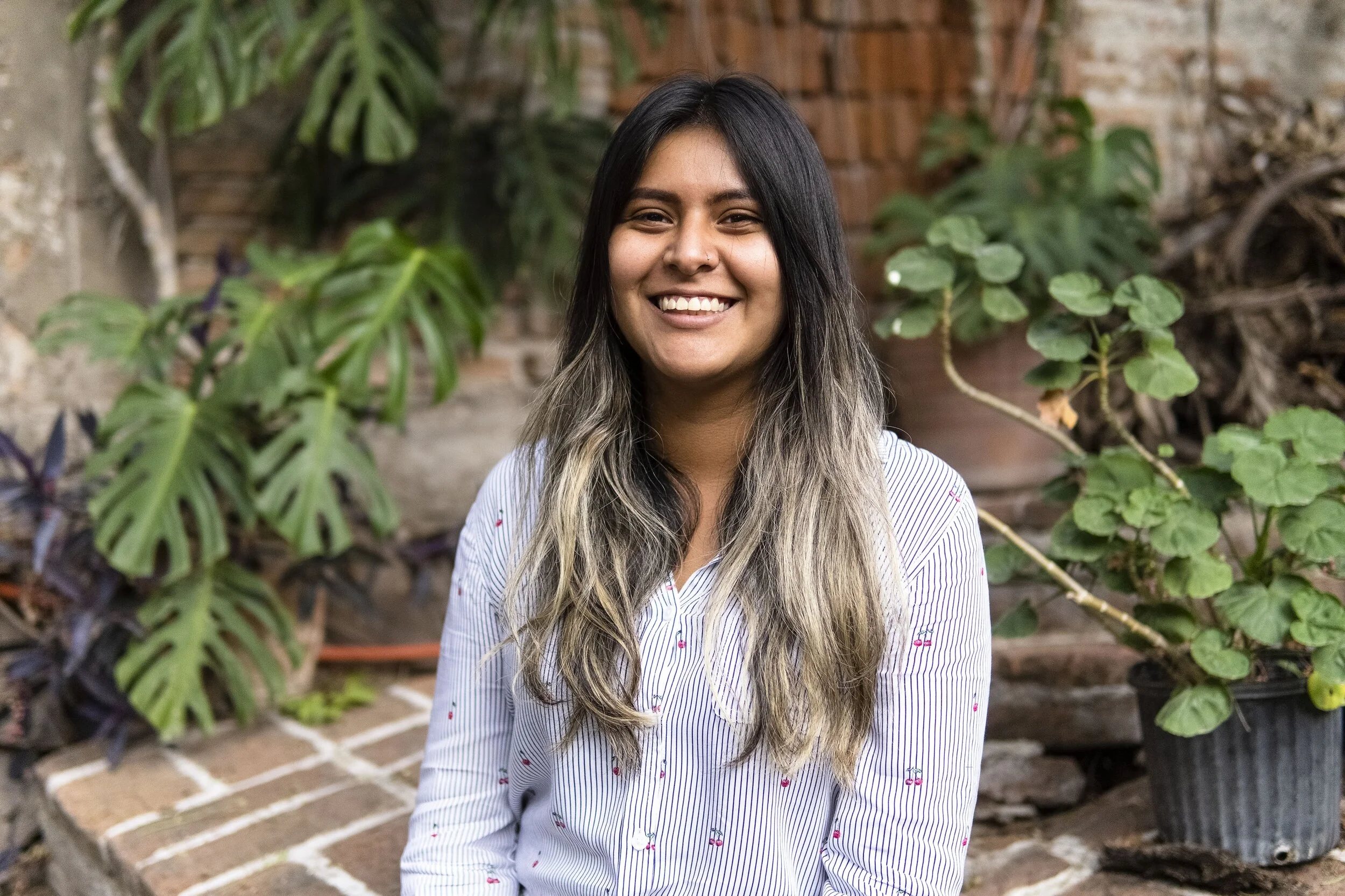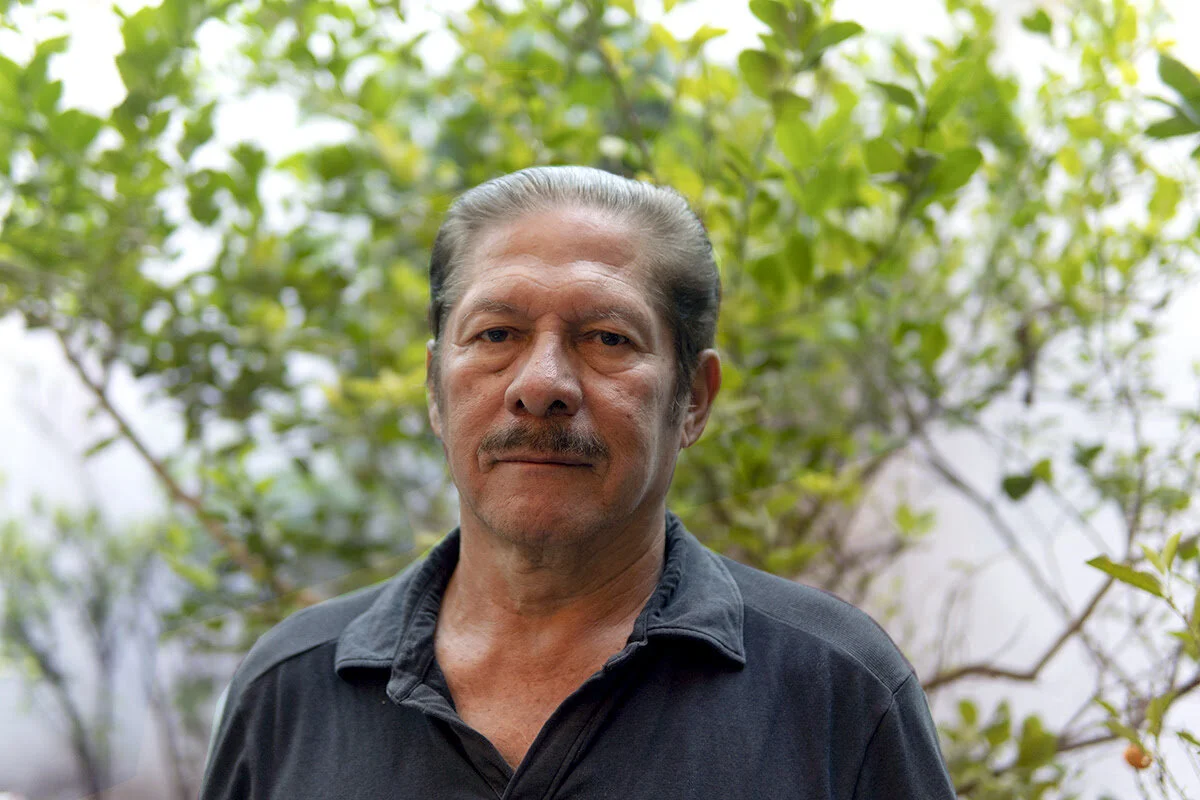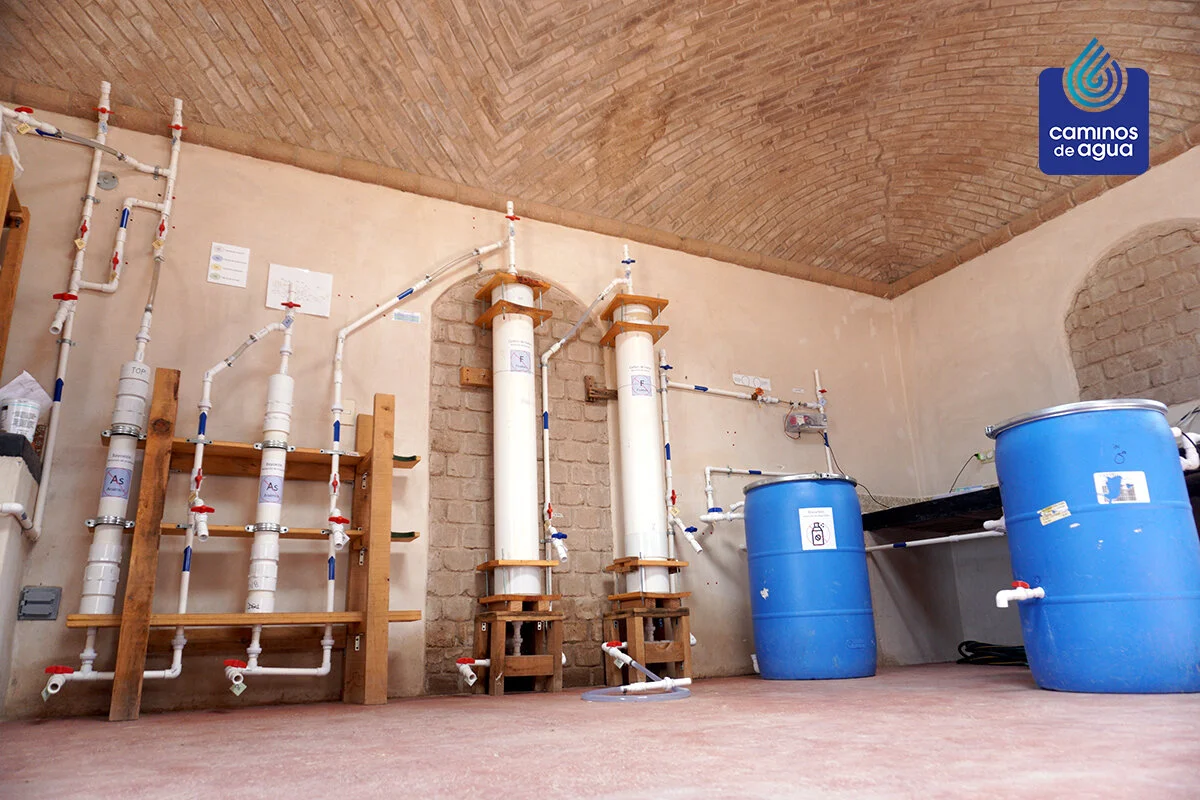This week we are excited to share with you a brief look at the incredible life of María Luz “Lucha” Villafuerte, one of our oldest, closest, and most important collaborators. Lucha is a community leader who has been working to educate, organize, and implement water solutions through the grassroots organization United Communities for Life and Water, or simply CUVAPAS (its acronym in Spanish) – a coalition she helped found, representing those most impacted by severe water quality and scarcity issues in our region.
Read MoreWe know the sheer size and complexity of our regional water problems can seem daunting. That’s why we believe it’s important to take a step back and hear from the individual people impacted by this crisis and understand the difference we can make for real people when we all come together. This week, we hope you will take just a few minutes to learn about Gudelia Trejo, a long time partner who is relentlessly dedicated to the future of her community of Pozo Ademado, located an hour north of San Miguel de Allende and facing extreme water contamination and scarcity issues.
Read MoreOur internally developed GTS is changing the way water solutions are deployed in our region and, some day, beyond. Effective access to safe, clean water will be faster and more economical, helping thousands. With your support, we can start scaling GTS and other solutions, increasing our reach and coverage, and helping get future generations off of contaminated drinking water. By giving today, your contribution is immediately doubled by our generous sponsors. Please act now and create double the impact. Thank You.
Read MoreThis month, we are running our annual Match Campaign. Loyal and generous supporters have once again stepped up to be sponsors. During the campaign, our sponsors will double your donation, up to USD $10,000 total – creating USD $20,000 of badly needed funds.
Read MoreLavinia’s Framing is an institution in San Miguel. For more than 30 years, Lavinia Ruiz – founder and director of Lavinia’s Framing – has been at the center of the vibrant community that has made San Miguel a recognized artistic hotspot in Mexico and beyond. On August 12, Lavinia inaugurated her new, much larger, space at Calzada de la Estación #151.
Read MoreWater quality is not static. It varies throughout the region and also continues to change over time. Additionally, especially in urban areas like San Miguel de Allende, water quality in a given location can change much quicker than normal, sometimes even in a matter of days. This is because the local water authorities often mix waters from different wells in order to meet the population’s water demand. Because of this, we recommend always treating for arsenic and fluoride in your water, even if levels of those contaminants seem okay in your home today.
Read MoreAn example of what can happen when Caminos de Agua partners with a local community and goes to work is illustrated by the village of Jerico de María. This village is located adjacent to huge fields cultivated by the agricultural-export industry and replete with a groundwater well and a sophisticated irrigation system. In stark contrast, the only way many of the residents of Jerico de María have been able to get water is to purchase it and bring it in on large water trucks, known as “pipas,’ or go to their neighbors, like the large agricultural producers, and ask them to gift them water. And on top of all of that, this water is often expensive, frequently contaminated, and not always available.
Read MoreWhile children are the most susceptible to the health effects of our water crisis, it is women who are bearing the brunt of dealing with water issues. We find that well over 90% of the people we work with in rural communities are women. Women are often the head of household – not only responsible for their children but also parents, siblings, and other family members.
Read MoreRainwater is one of nature’s purest gifts. It is inherently free of any arsenic, fluoride, or other potential chemical contaminants, and it also happens to be a completely free resource that quite literally falls on our heads. By harvesting and treating rainwater, those at risk in our region can completely forego the use of contaminated groundwater as their drinking water. But the rain here only falls for 8 weeks of the year, and now, with the effects of climate change, the rainy season is becoming shorter and rain events more erratic.
Read MoreAt Caminos de Agua we operate on many levels. Our “tech team” develops unique solutions that are specifically designed to work in our geographic region, taking into consideration the local economic conditions. Our advocacy team works with government, educational partners, grassroots collaborators, and like-minded NGO’s to help substantially expand our reach and impact. Our communications and education specialists work to raise awareness about the water crisis and educate communities about their options. However, when we enter communities to go to work, we go in as partners and as equals.
Read MoreAt Caminos de Agua, our achievements are never accomplished alone. We rely heavily on partner organizations, community leaders, and so many more actors, to expand access to safe, clean drinking water. For years, we have worked closely with Carmen Castro Mata and her organization, Pozo Ademado Community Services (or SECOPA, its acronym in Spanish). Carmen and SECOPA are true pioneers in rainwater harvesting implementation across our watershed, and we are grateful to partner closely with them
Read MoreAfter a devastating year of drought in 2020, the rains have finally arrived in San Miguel de Allende and the surrounding region!
This brief annual period can provide enough clean drinking water for many of the 680,000 people who live in this region all year long, BUT only if we take advantage of this narrow window of opportunity to capture, store, and ultimately treat the rainwater to remove biological pathogens
Read MoreThe cause of this water crisis is unsustainable over-extraction of our groundwater resources, mainly for large-scale agriculture production, forcing wells ever deeper into mineral-rich “fossil water,” which is often contaminated with naturally-occurring arsenic and fluoride. With the introduction of export-oriented agricultural policies, unsustainable overexploitation of our groundwater has driven the water table down from a couple dozen meters in the 1950s to more than 200 meters (~650 feet) in recent years. Today, wells regularly exceed 500 meters (~1,650 feet) in depth as the groundwater levels continue to drop by a staggering 2-3 meters (6-10 feet) per year.
Read MoreOver the past month, we have been sharing with you a series of personal stories talking about the different aspects of our urban water crisis from the perspective of people living here in San Miguel de Allende. This city is part of a larger region, connected by water, known as the Upper Río Laja watershed. Increasingly, our water crisis is getting worse – the biggest reason, far and away, is due to the intensive water-extracting activities of the agro-exporting industry, which uses 85% or more of all the available groundwater – the shared and finite water resource we all require.
Read MoreWe recently spoke extensively with Fabián Trejo, Technical Advisor in Tourism and Climate Change for the German Society for International Cooperation (GIZ, by its acronym in German), a federal enterprise that directly supports the German Government’s objectives specifically related to international cooperation for sustainable development. Over the last several years, Trejo and GIZ have been working in San Miguel de Allende through their initiative – Adaptur, which seeks to promote natural solutions for climate change adaptation in the tourism sector.
Read MoreDafne is 25 years old and has lived in San Miguel de Allende her whole life. For Dafne, drinking tap water was common practice until the age of ten, when her family started buying bottled water for their drinking water needs. But by then, it was already too late. Dafne approached a dentist who confirmed her suspicions: she has dental fluorosis – the irreversible staining of teeth from excessive exposure to fluoride in her drinking water for all those years.
While a major part of our focus at Caminos de Agua has been on helping rural communities gain access to clean water, the water crisis affecting our region is increasingly not just limited to these outlying areas. That is why we have decided to launch our new Urban Education Initiative this fall to help residents, especially those in highly-impacted neighborhoods, better understand and navigate this growing threat.
Read MoreAll this month, we will be bringing you a different face of the urban side of our water crisis through the lens of the people who live here in San Miguel – highlighting their opinions, worries, struggles, and their victories.
Read MoreAt Caminos de Agua, we’ve written to you many times to talk about the water crisis in our region and its devastating impacts on rural communities. But, because the crisis is increasingly affecting cities like San Miguel de Allende, it’s clear to us that the time has come to also really focus on educating residents about the current and future risks as well as what can be done on both personal and on community levels to assure the future of our finite water resources. We simply cannot ignore the urban side of our water crisis any longer.
Read MoreArsenic and fluoride are odorless, colorless, and completely dissolved in water, which means they are extremely difficult to remove. There are simply no low-cost, commercially-available methods to deal with these contaminants that are appropriate for those most at risk.
Recognizing the need for a low-cost, environmentally-sustainable solution, Caminos de Agua (Caminos) began researching and designing a system to effectively treat groundwater for arsenic and fluoride.
Read MoreAs COVID-19 began to ravage the world in early 2020, we braced ourselves here in Central Mexico, knowing the virus would impact the rural communities where we work much more acutely. Many of these communities only receive water for a few hours once or twice a week. For far too many, that means there is no consistent water access to meet the hygiene requirements necessary to control the spread of the virus. As a result, doing work in these communities immediately became riskier – requiring much more preparation, care, and expense.
Read More